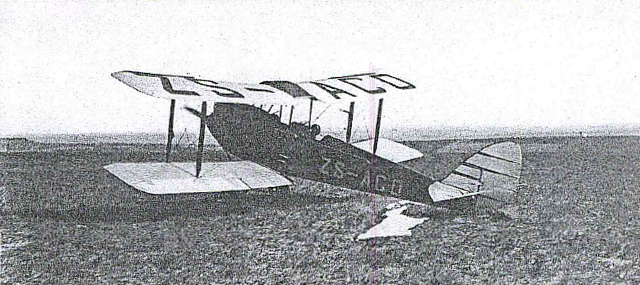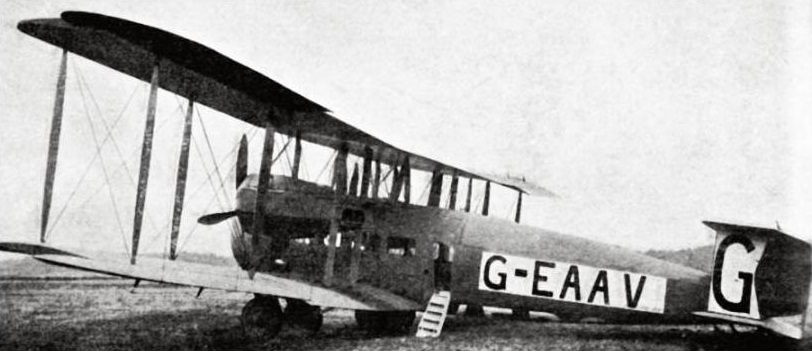Crash of a De Havilland DH.80 Puss Moth off Muanda: 1 killed
Date & Time:
Aug 6, 1933
Registration:
CH-326
Survivors:
No
Schedule:
Cape Town - Croydon
MSN:
2211
YOM:
1931
Crew on board:
1
Crew fatalities:
Pax on board:
0
Pax fatalities:
Other fatalities:
Total fatalities:
1
Circumstances:
The pilot was attempting a world record from Cape Town to Croydon. While flying over the delta of the Congo River, the single engine aircraft crashed in unknown circumstances off Muanda, Bas Congo. The pilot was killed.





